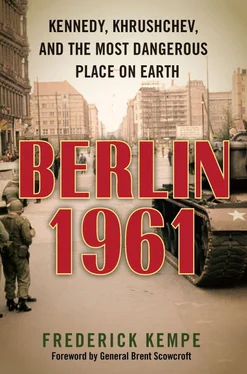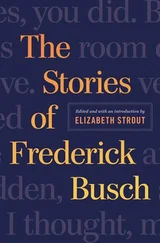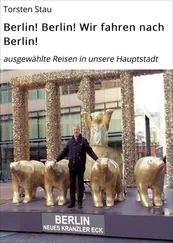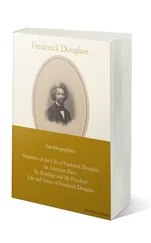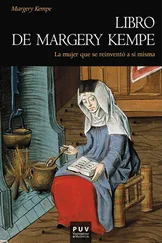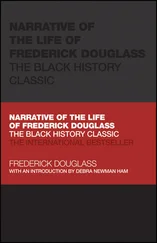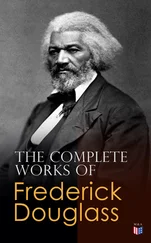“Watch this,” he said.
Eisenhower picked up a special phone, dialed a number, and said simply, “Opal Drill Three.” He put down the phone and smiled, asking his visitor to consult his watch.
In less than five minutes, a Marine Corps chopper landed on the White House lawn. It whirred on the ground just a short stroll from where they sat. As Eisenhower took Kennedy back into the Cabinet Room, where their top people remained assembled, he joked, “I’ve shown my friend here how to get out in a hurry.”
In the presence of their staffs, Eisenhower warned Kennedy that presidential authority would not always be such a magic wand.
Kennedy smiled. Eisenhower’s press secretary later said that Kennedy showed considerable interest in the “dry run.” Although his responsibilities were sobering, the powers Kennedy would soon have were intoxicating. As he drove off, he looked back with satisfaction at the building that would soon be his home.
WASHINGTON, D.C.
INAUGURATION DAY, FRIDAY, JANUARY 20, 1961
The snow began to fall at noon, shortly after Kennedy left his meeting with Eisenhower. Washington dealt badly with inclement weather, even when it was on a preinaugural footing. Traffic snarled. Two-thirds of the sold-out crowd didn’t show for the inaugural concert that evening at Constitution Hall. The National Symphony started its performance a half hour late because so many of its musicians were caught in traffic or blocked by drifts. Frank Sinatra’s star-studded gala began only after a two-hour delay.
Yet by the clear, cold, sunny morning of January 20, a battalion of soldiers and plows had cleared the eight inches of snow. The skies opened and provided perfect lighting for the most intricately planned and most widely televised inaugural show in history. Some 140,000 feet of cable ran to fifty-four television circuits, covering the inaugural from thirty-two locations, from the oath to the last parade float. Some six hundred extra telephones had been scattered around strategic locations for reporters. However else the Kennedy administration would differ from its predecessors, it would present the most televised commander in chief in history, all in living color.
When Kennedy traveled with his wife, Jackie, in their limousine the day before the inauguration, when he sat in the bathtub that evening, and again over breakfast the next morning after four hours of sleep, the president-elect reviewed time and again the latest version of his inaugural address. Whenever he could find a moment, he familiarized himself more deeply with each of its tightly crafted 1,355 words, honed through more drafts and rewrites than any speech he had ever delivered.
Back in November, he had told his chief wordsmith, Ted Sorensen, to keep the speech short, nonpartisan, optimistic, uncritical of his predecessor, and focused on foreign policy. However, when they worked through the final draft—a process which got under way only a week before the speech would be delivered—he still found it too long and domestic for his liking. He told Sorensen, “Let’s drop the domestic stuff altogether. It’s too long anyway.” His view: “Who gives a shit about the minimum wage anyway?”
The more difficult decision was, what message to send Khrushchev? Though nuclear war with the Soviets was unthinkable, negotiating a just peace seemed unfathomable. Kennedy had campaigned from the hawkish side of a Democratic party that still hadn’t resolved its internal dispute about whether engagement or confrontation was the best way to deal with the Soviets.
Dean Acheson, who had been President Truman’s secretary of state, represented the Democratic party’s hard-liners, who were convinced Khrushchev was still pursuing Stalin’s goal of world domination. Other Democrats—Adlai Stevenson, Averell Harriman, Chester Bowles—saw Khrushchev as a genuine reformer whose primary aim was to reduce his military budget and improve Soviet living standards.
Kennedy’s inaugural speech would place him squarely in the indecisive middle of the debate, reflecting his uncertainty about whether he would be more likely to make history by confronting the Soviets or by making peace with them. It was that same ambiguity that had fed Kennedy’s reluctance since his election to respond to Khrushchev’s many efforts through multiple channels to establish a private conduit and schedule an early summit meeting.
On December 1, 1960, Kennedy had sent an early but indirect plea for patience to the Soviet leader through his brother Robert, who had met with a KGB officer posing as a correspondent for the newspaper Izvestia in a presidential transition office in New York. At age thirty-five, Bobby had been his brother’s campaign manager and was soon to become his attorney general, so the KGB officer had no reason to doubt it when Bobby said he was speaking for his brother.
The Soviet reporter never filed a story to his newspaper but he did send an account to his KGB superiors, which likely also reached Khrushchev, as an indication of the Kennedy administration’s foreign policy direction. It contained several messages. Bobby said the president-elect would pay great attention to the relationship, and he thought a test ban treaty agreement could be concluded in 1961. He said that Kennedy shared Khrushchev’s desire for a face-to-face meeting, and that he wanted to repair the harm done to the relationship under Eisenhower.
Less encouraging to Khrushchev was Kennedy’s intention to handle Berlin far more slowly than the Soviet leader wanted. The new president would need two to three months before he could engage in a summit, Bobby said. “Kennedy is seriously concerned about the situation in Berlin and will strive to find the means to reach a settlement of the Berlin problem,” said the KGB report on the meeting. “However, if in the next few months the Soviet Union applies pressure on this question, then Kennedy will certainly defend the position of the West.”
Still, that did not dissuade Khrushchev from continuing to press for an early meeting. A few days later, on December 12, Soviet Ambassador Mikhail Menshikov invited Bobby for lunch at Moscow’s Washington embassy. The ambassador, whom U.S. officials derisively called “Smiling Mike,” cut a comic figure with his modest intelligence and supreme confidence. His fractured English once produced a much-maligned toast to the women attending a Georgetown cocktail party: “Up your bottoms!” However, the direct messages he carried from Khrushchev made even his detractors take his invitations seriously.
Menshikov argued to Bobby that U.S.–Soviet misunderstandings were often a result of the two countries’ leaders leaving crucial matters to mid-level officials. He said Kennedy and Khrushchev were unique individuals who together could find a way around their bureaucracies to achieve historic outcomes. He thus urged Bobby to get his brother to embrace the idea of an early meeting between the two nations’ leaders, to achieve a “clear and friendly understanding.”
Two days after meeting with the president’s brother, Menshikov reached out with much the same message to Khrushchev’s favorite American, Averell Harriman, the U.S. ambassador to Moscow under President Franklin Roosevelt. A day later, Menshikov again pressed his campaign for an early Khrushchev–Kennedy meeting through the well-connected New York Times correspondent Harrison Salisbury. “There is more to be gained by one solid day spent in private and informal talks between Khrushchev and Kennedy,” he told the reporter, “than all the meetings of underlings taken together.”
Kennedy was the target of some similar lobbying from two-time presidential candidate Adlai Stevenson, an erstwhile rival, who was trying to position himself for a major administration job. Stevenson phoned Kennedy at his father’s house in Palm Beach to volunteer himself as a middleman who could fly to Moscow immediately after the inauguration and put matters on track with Khrushchev. “I think it’s important to find out whether he wants to expand the Cold War,” Stevenson told Kennedy.
Читать дальше
